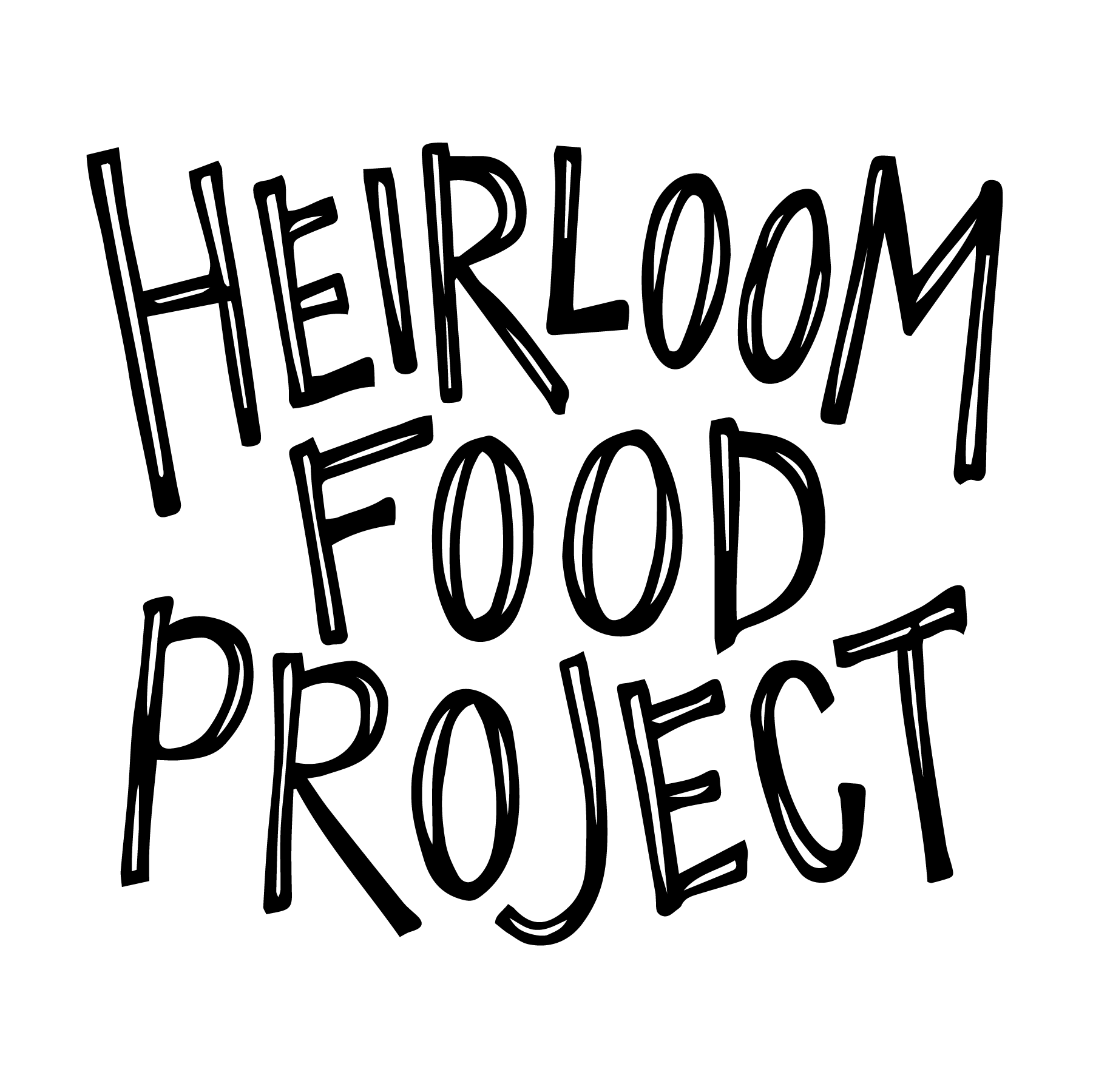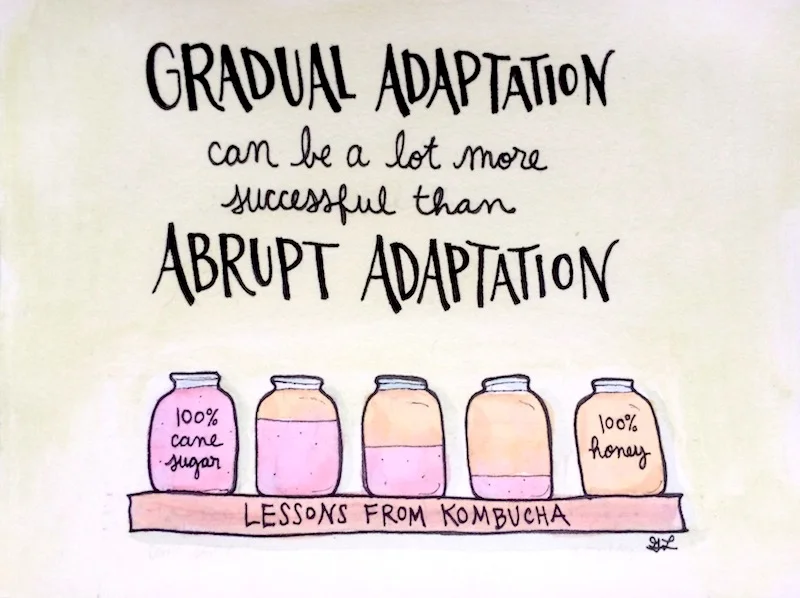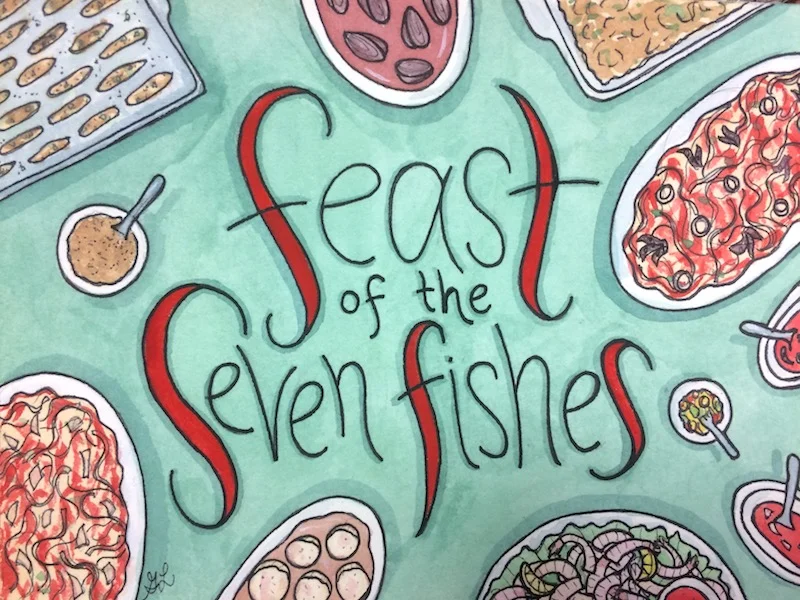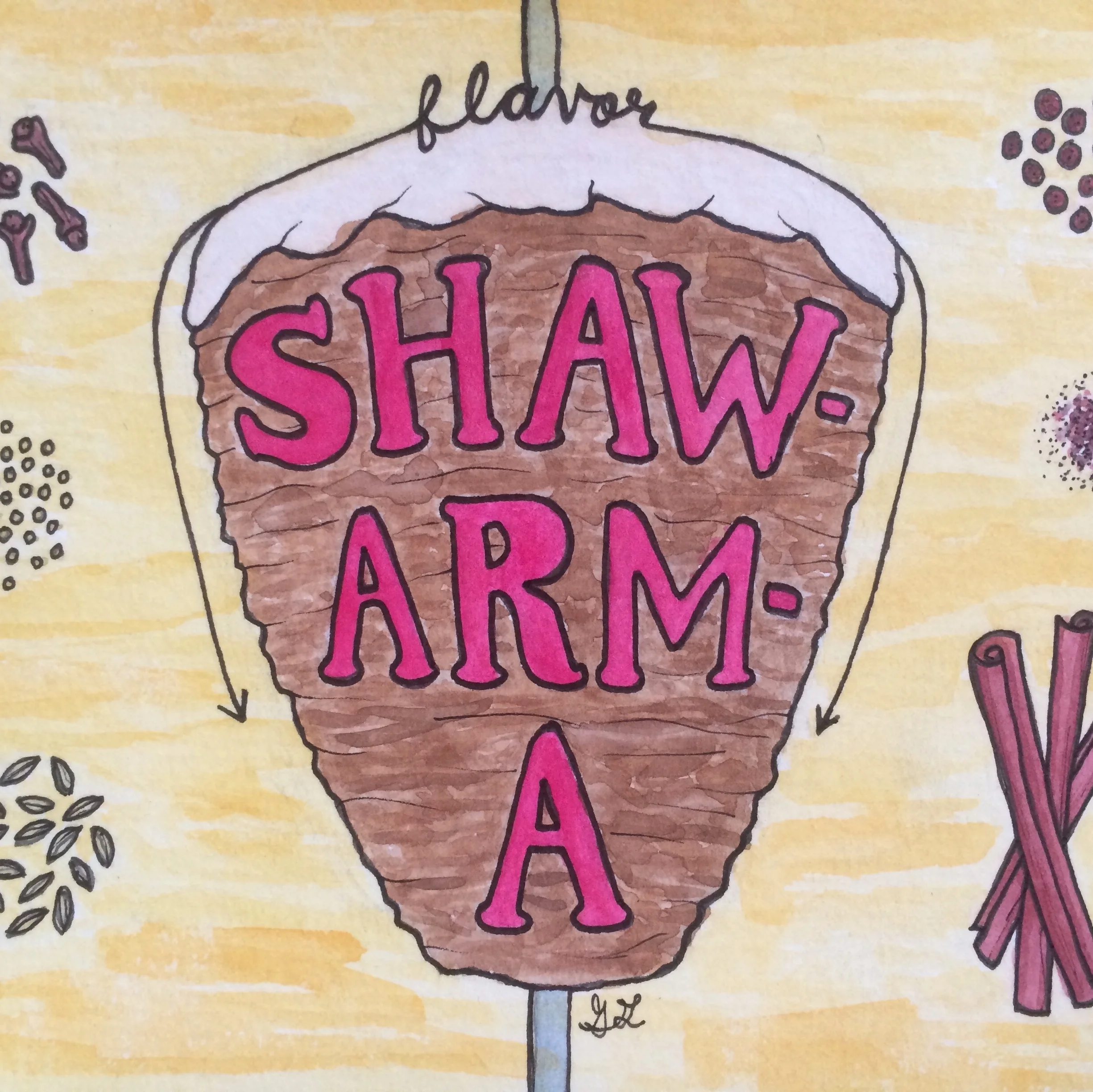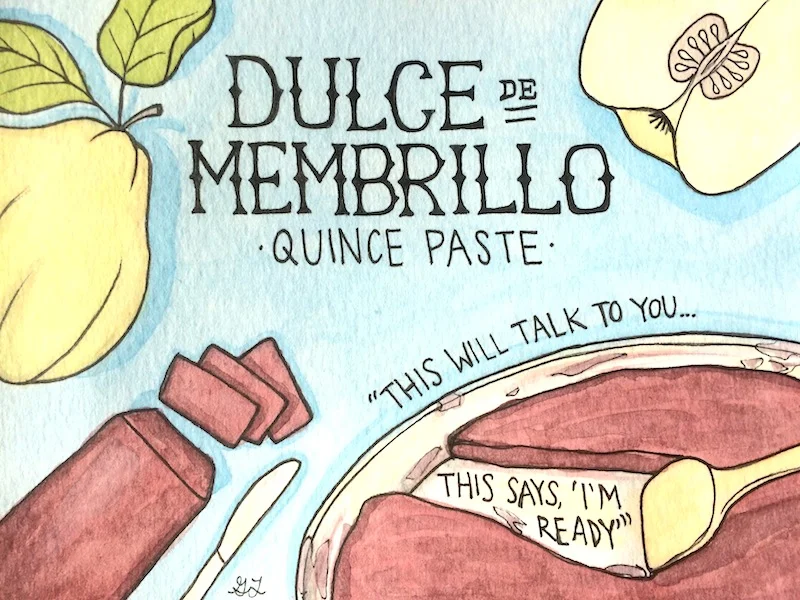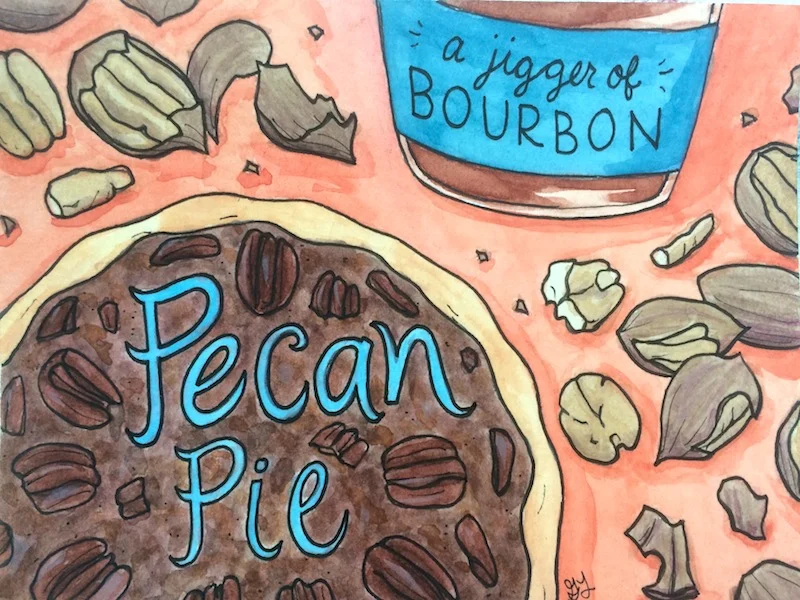On a sunny November day, Bjarke and I wound our way through Tennessee woods to reach the home of Sandor Katz. Walking into his kitchen was like entering an ode to fermentation—shelves are stacked high with crocks of kimchi, sauerkraut, kombucha, and more. When your gaze reaches the tippy top, you find a stained glass window depicting bacteria.
Read MoreKhalifa was kind and warm and wanting to spread a message of health and peace through a traditional Senegalese spiced coffee called Café Touba. It’s coffee blended with cloves—to balance out the intensity of the caffeine—and African pepper (Uda Djar)—to clear your throat and settle your stomach.
Read MoreOften, when trying to define American food, we can get stuck searching for dishes with no distinguishable international roots—those that are purely “American.” But I’d argue that some of the strongest examples of American food culture are customs brought across oceans, adapted, and carried out here.
This week, I’m departing from the places and people we met on the road to talk about the most eastern point on our path—our endpoint—Youngstown, Ohio. It’s where I’ve celebrated most Christmas Eves of my life.
Read More[VIDEO] What is American food? For two months, my partner Bjarke and I crossed the country, learning stories of people, places, and food traditions from Oregon to Ohio in an attempt to grasp an answer.
“I’m from Iraq and speak Jesus’s language: Aramaic,” Ed proclaims while tugging at his t-shirt sleeve to reveal a tattoo of Jesus’s face. We’re sitting on the patio outside of Gyros Express, one of his Phoenix-area eateries. I had just enjoyed a bright and fresh falafel salad.
Read MoreIn Tucson, Arizona, a UNESCO World City of Gastronomy, there is a place called Mission Garden. There, roaming the grounds allows you to experience 4,000 years of agriculture—the longest known history of cultivation in the U.S. In that garden, I met Josefina. She was teaching people how to make dulce de membrillo (quince paste) at a festival celebrating fall’s quince harvest.
Read MoreA few hours south of Montgomery, Alabama, I finally learned why pecan pie is so often on the Thanksgiving dessert table.
Read MoreIn the first week of October 2017, my husband Bjarke and I packed all of our belongings in a Honda Civic and set out on a 2-month road trip across the U.S. Every square inch of the trunk was methodically filled with clothes, kitchen tools, and books that we don’t need until we arrive at our destination of Ohio. The back seat holds items for everyday living — there’s my gray backpack we call “the office” wedged next to the small, white cooler we call “the fridge” that balances upon the big blue bag we call “the dresser.”
Each time we dig through bags and boxes to unearth whatever we need next, we are reminded of the volume and energy our stuff consumes. Because of that, every item we carry must serve a purpose in order to continue the journey. There are no redundancies, and we try to get full use out of everything we have...
Read MoreFor me, the tomato will always be inextricably linked to my family’s annual tomato canning tradition.
Every year around Labor Day, we’d gather around bushels of plum tomatoes and get to work. It’s a long process—one that’s best done in the company of others. In this case, many hands make (lighter, but not exactly) light work.
Tomatoes are also one of my most potent examples of the connection between memory and sense of smell. I swear, the aroma from the huge stockpots of simmering tomato puree on that one Sunday in September seeps into the walls of my grandma’s basement and kitchen, and continually releases that sweet, acidic scent throughout the year.
Read MoreI’m no master gardener, but for each of the past four years, our raised beds have contained zucchini. It seems like the ultimate foolproof vegetable—one that can always be counted on to produce and produce and produce.
Zucchini belongs to the cucurbit family (don’t you love that name?!) along with melon, cucumber, and hard-skinned squash like pumpkins. It’s a summer squash, which means it’s harvested before autumn sets in and the rind becomes hard like those of butternut or acorn squash.
Read More